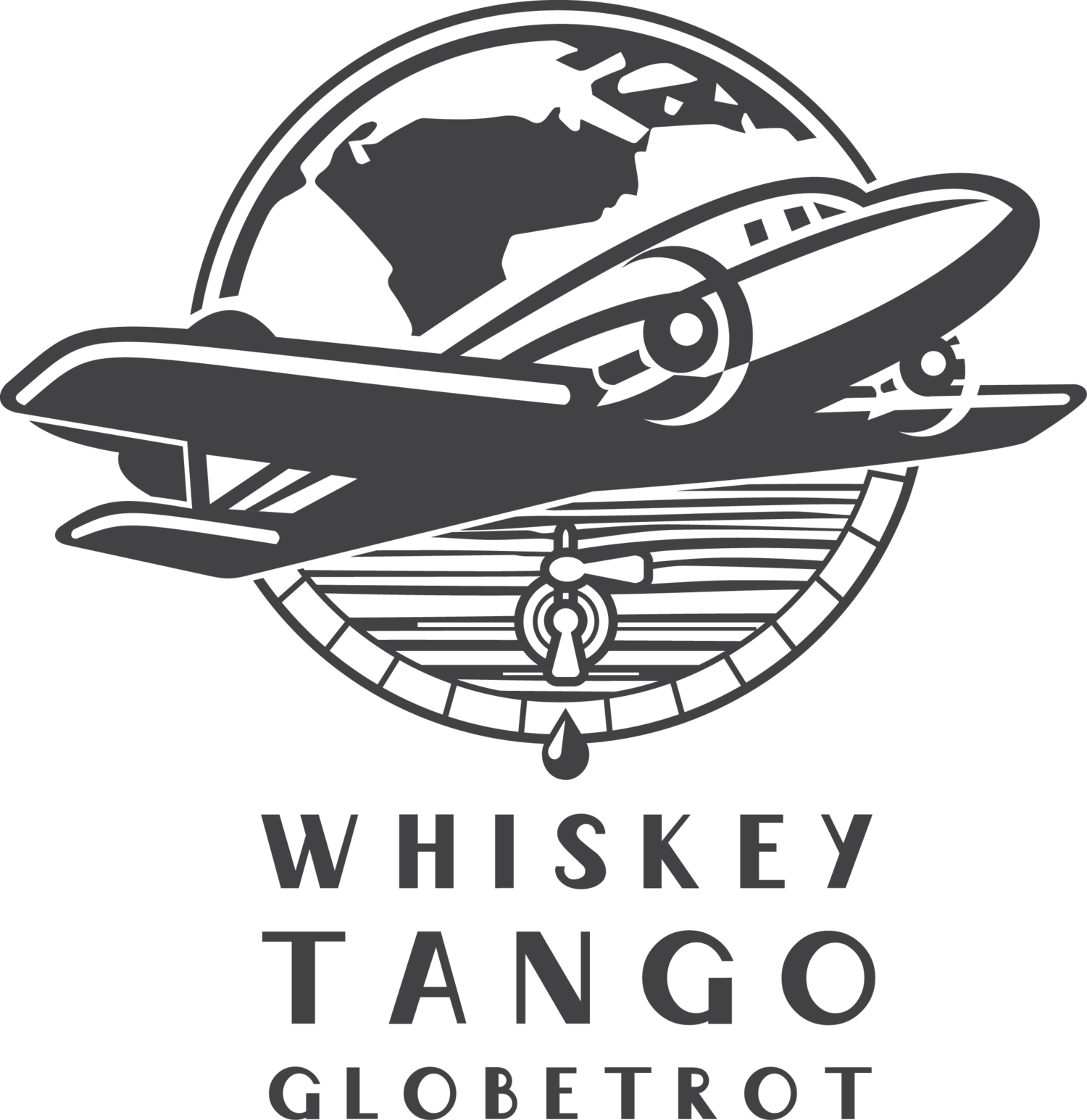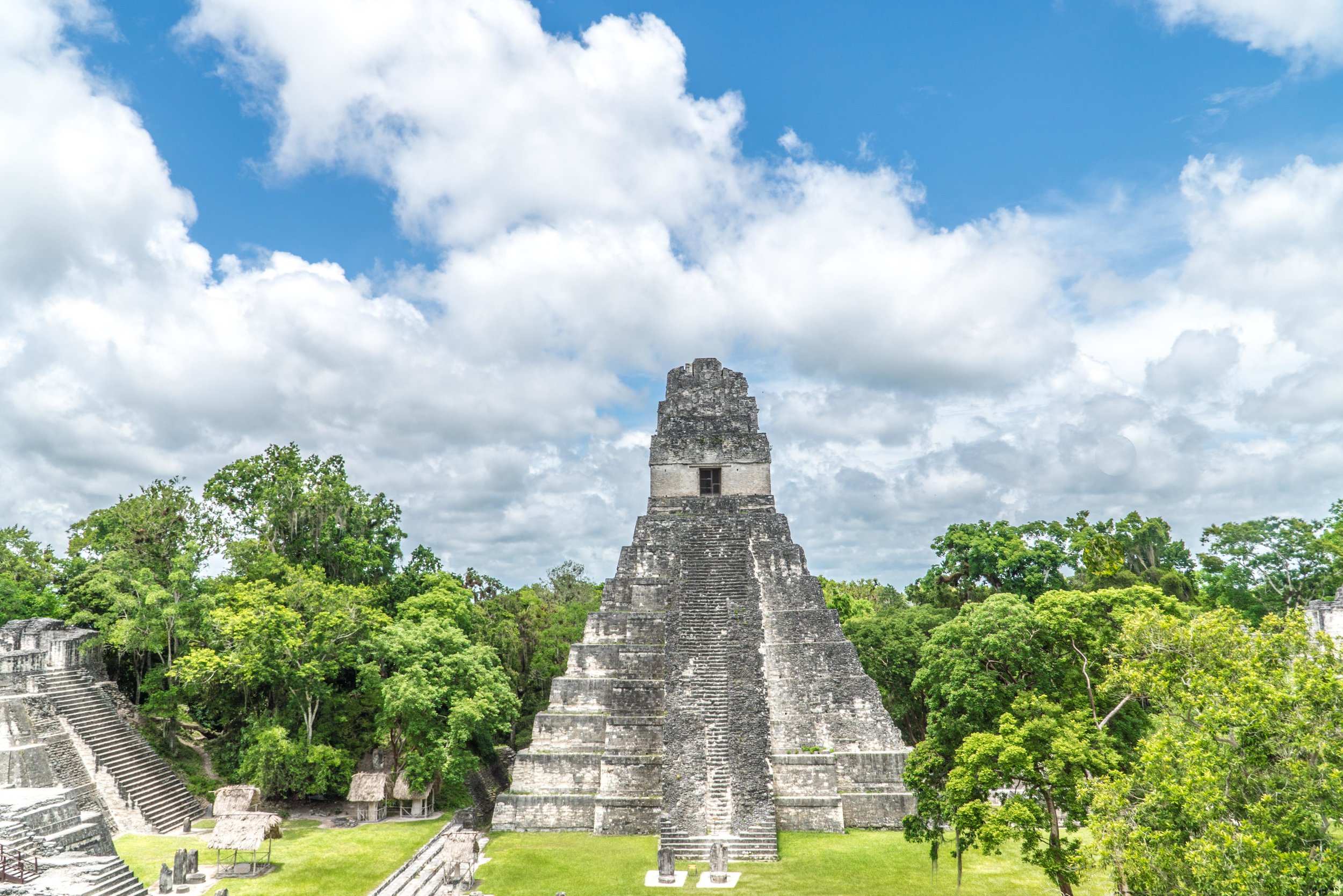A Budget Africa Safari for Less Than $1,000, Part One
Let me begin by saying that if you have an aversion to sweat, dry climate, and any accommodations less than five-star hotels that don't offer turndown service, then Namibia simply isn't for you. Listen, there are tons of great luxurious safari experiences in Southern Africa, such as in South Africa or Botswana, but such experiences in Namibia are a little harder to come by. However, if you want to go to a truly offbeat destination in Africa that looks more otherworldy (it was where Mad Max was filmed after all) that just about any place you've ever traveled, then Namibia is for you.
Alright, now that I got that out of the way, you guys, we're talking about a one-week Africa safari trip for less than $1,000 per person. That means an Africa trip for $2,000. What? A trip to Africa for $2,000? No, this isn't an April Fool's Joke in July. This particular trip, through Chameleon Safaris, was six days, half of the trip in one of Africa's most famous game reserves, Etosha National Park, and the other half exploring Namibia's dunes, which are some of the biggest in the world. The price for transportation, accommodations, game drives, and meals: $879 per person. $879!
Namibia Safari at Etosha National Park
Quick, when you think Africa safari destinations, what comes to mind? Maybe Kruger National Park in South Africa or perhaps Botswana's Okavango Delta or Chobe National Park. But at the top of the list is probably the Serengeti. However, Namibia's Etosha National Park is actually about twice the size of Tanzania's Serengeti. TWICE the size. Yet it often gets overlooked, for a number of reasons. After all, Namibia doesn't have the tourism infrastructure as some of Southern Africa's other countries.
And it was for that very reason that I wanted to go on a safari in Namibia. Starting in Windhoek, Namibia's capital (and really the only city in the country), it was a straight shot, several hours on the road (there's not much to see between Windhoek and Etosha) to the entrance of Etosha National Park. But before you go a mile, heed my advice on having plenty of water with you. We each bought a liter bottle of water and then a five gallon bottle to refill it with. This was for a number of reasons, one of which is that water is a scarce resource throughout Namibia. Secondly, Namibia is one of the driest places I've ever visited. Namibians have a saying, "When you're thirsty, you take a drink of water, when you're not thirsty, you take sips of water."
It was maybe five minutes into Etosha National Park when we saw our first animals, which were a number of antelopes, zebras, and oryx, which is a species of antelope that is actually the national animal of Namibia. If you come to Namibia to see any of these three animals, then you'll have a field day, because we saw hundreds of them. Eventually, it became like seeing a dog.
By and large, the best time to view wildlife in Etosha National Park is in the morning (sunrise/breakfast) and at night (sunset/dinner), which is often the case at game reserves in Africa. And the best place to view them is at water holes. And this was our strategy on our afternoon game drive, seeing a large quantity of elephants, zebras, wildebeests, giraffes, and one rhino, as we slowly made our way to camp for the night, Halali Camp, a very basic safari camp, but one of the only ones that's in Etosha National Park.
What was most unique about Halali, however, was that it had its own water hole. As in you walked a quarter-mile to an area perched (and fenced) above a water hole to watch wildlife come and go. You guys, I probably saw 100 elephants between my two visits to the water hole. And a bunch of zebras and antelopes, several oryx, a couple lions, and a rhino. I was basically in a National Geographic documentary. This alone was worth price of admission for the entire trip. It's one thing to see elephants on TV, it's another thing to see them a hundred yards away from a Jeep, but it's next level to see them just below you taking a bath with their family.
The next day saw us do three game drives for a grand total of four. And I'm of the feeling that two to three days and three to five game drives is the sweet spot. Any more than that, and it borders too much, and any less than that and you don't see enough. At Namibia's Etosha National Park, you can see up to 115 mammals, including four of the big five, including elephants, lions, rhinos, and if you're lucky, leopards (you'll have to go to South Africa or Botswana, however, for Cape buffalo).
As we began exiting Etosha National Park, we had to stop by its most formidable landmark, Etosha Pan, which is seen during a majority of the park and is Africa's largest salt pan, so big that it can be seen from outer space. The pan, a dry lakebed, is 75 miles long, covering about 25% of Etosha National Park, providing a reference point for both the size of the pan and the size of Etosha National Park.
But wait! There's more. As we exited Etosha National Park, just beyond its gates was what became one of my favorite Africa accommodations, Etosha Village (by Taleni Africa with numerous tented accommodations in Namibia), a tented camp surrounded by a private reserve. As we drove in, we were greeted by a giraffe (seriously), before being dropped off at each of our tented accommodations (I refuse to call it glampsites, glamping, or any of the like). It was by no means, the tent camping I was used to as a kid, but rather a canvas tent with twin beds, a desk, and the one thing I've always wanted at my home, an outdoor shower. From my tent, it was a short walk to the open-air bar and restaurant, where the bartender served me a glass of the local beer, Windhoek lager, and just beyond the bar, chefs were grilling exotic meat. I took a sip of the ice-cold beer, closed my eyes, and took in the moment, as the sun went down behind me over Etosha National Park and the faint sounds of wildlife were heard in the distance. This was Africa.
Check back for part two and the second of the trip to Namibia's renowned Sossusvlei red dunes and white salt pans.
















